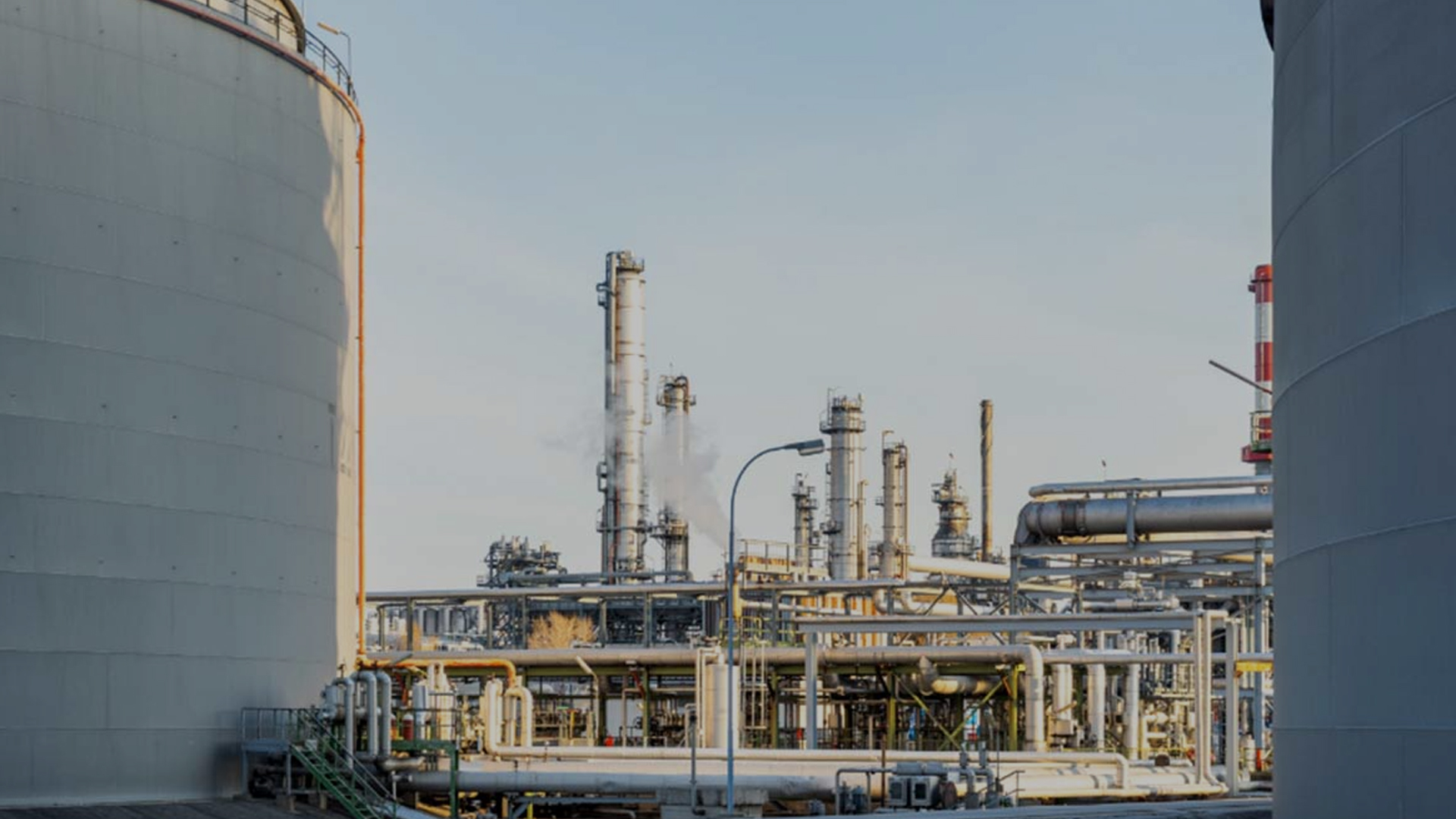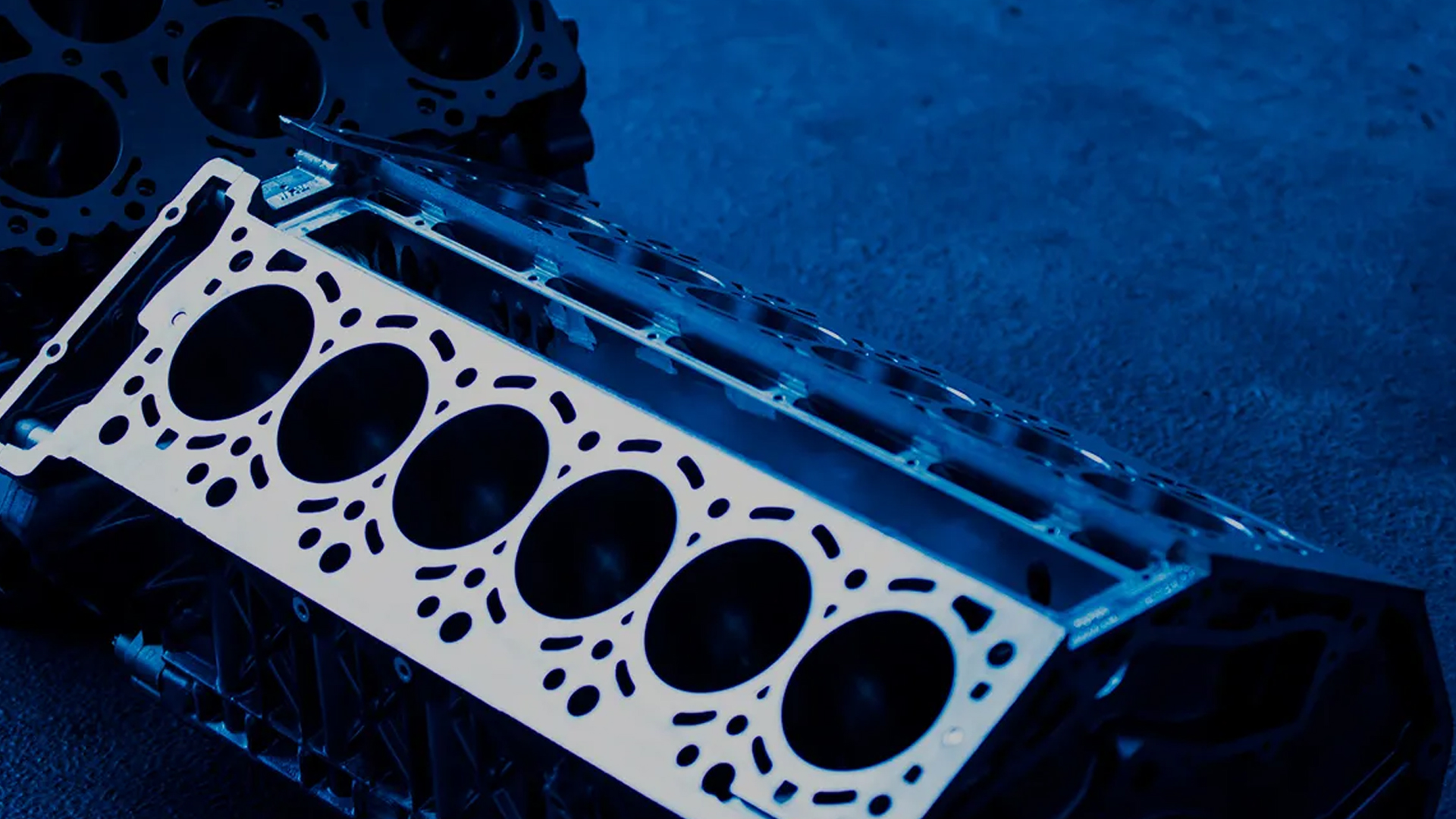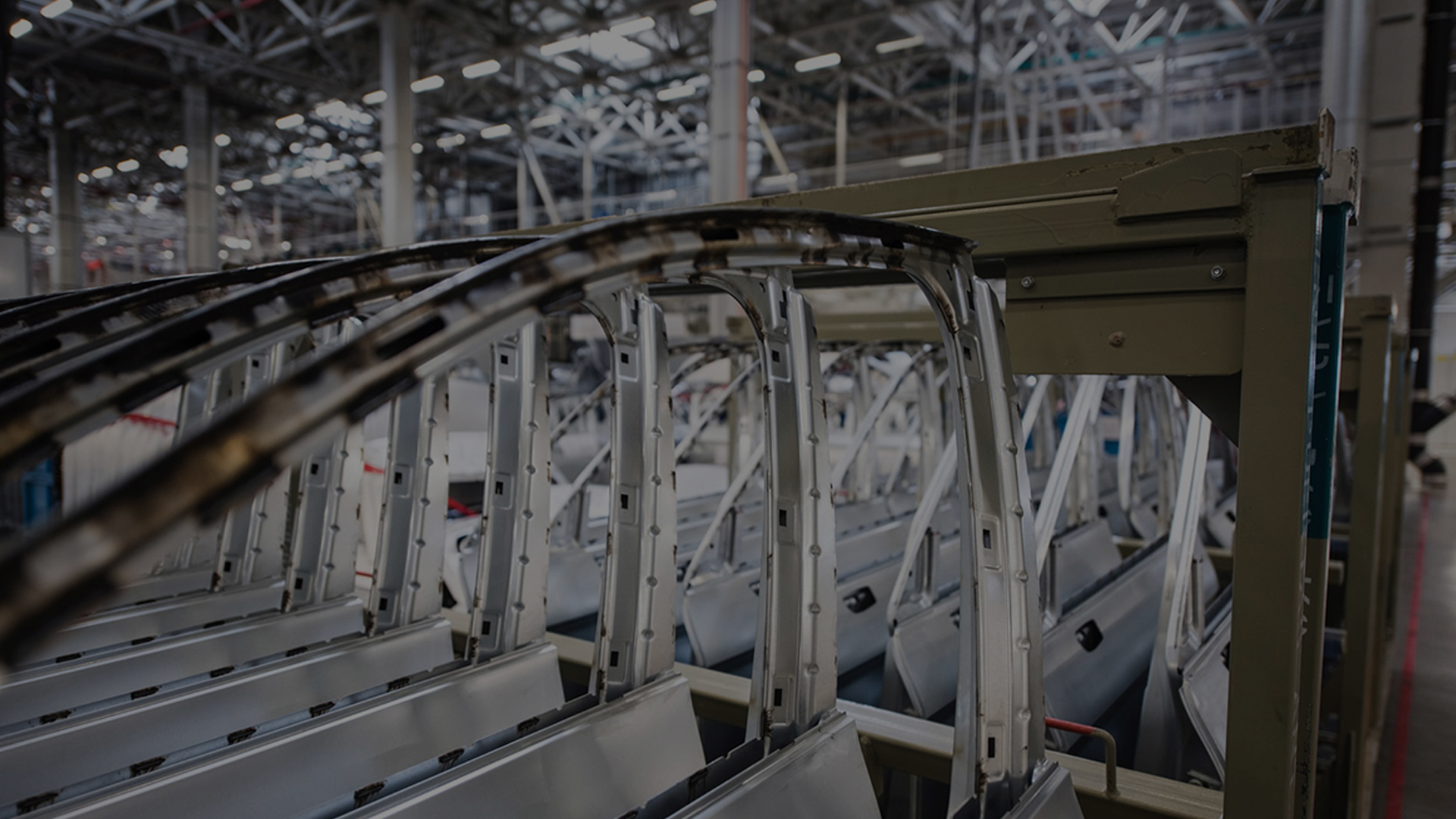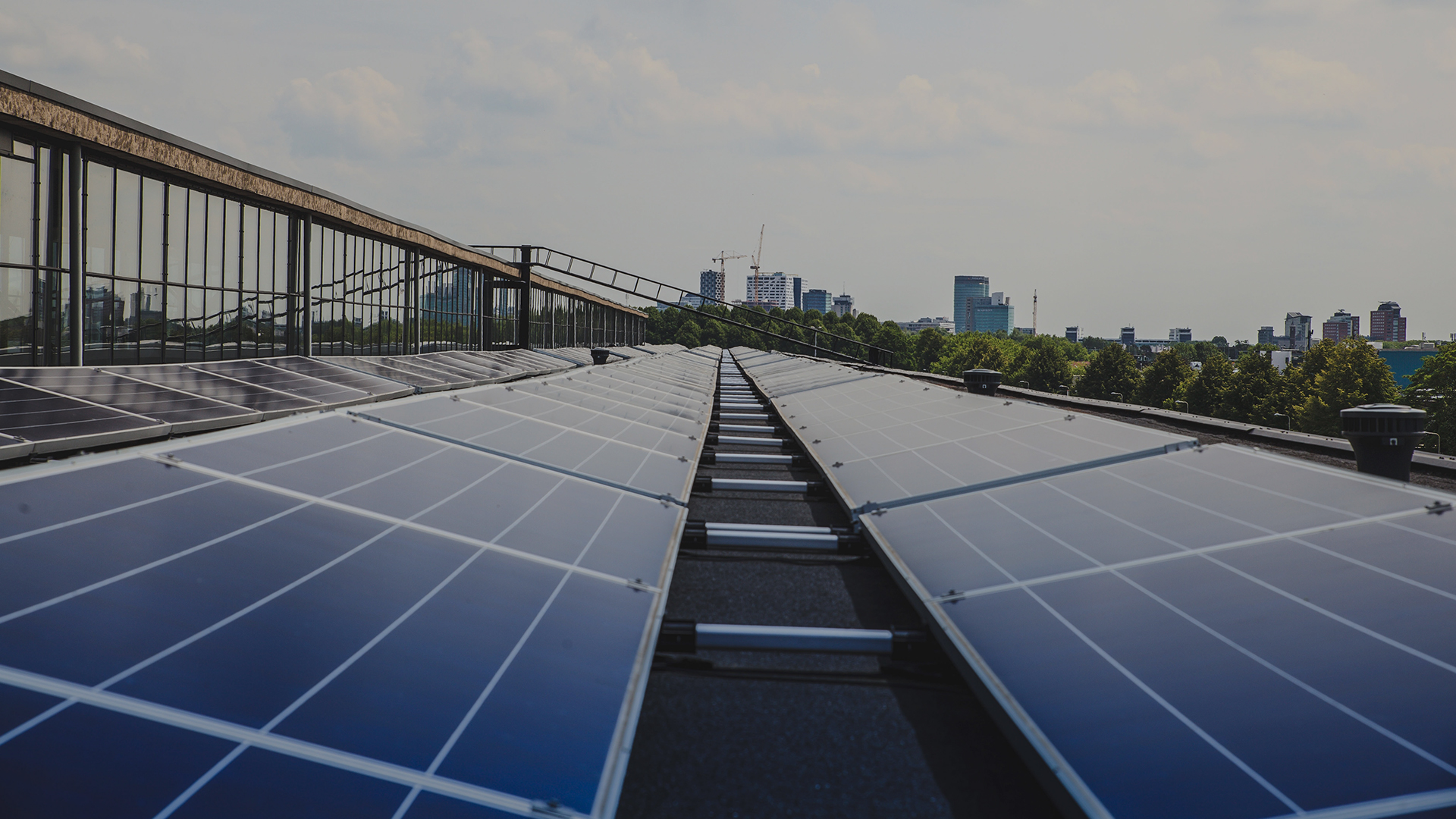When we talk about manufacturing, it seems that we are talking about a simple and unique process. But in reality, it is often a long process and in which we must take into account a long list of stages to complete the process.
All the stages in an international manufacturing are essential when you want to market a new product from scratch, so it is very important to take them into account.
From Pinexports we have created a list with the 6 stages that must be taken into account in an international manufacturing process
The 6 stages of the international manufacturing process
1. Product design
This is the first stage, and of course, one of the most important. At this stage it is important to do a thorough analysis of the market to know your target audience.
Many times, we have an idea in our heads and we do not ask ourselves what needs our product covers, or what pains our P.O. it will solve When we are designing and we ask ourselves these questions, we probably take into account details that we would not have contemplated if we had not asked them.
Product design always starts from an initial idea that, as it takes shape, can be redesigned as many times as necessary until reaching the minimum viable product (MVP).
2. Supplier selection and search
The second stage in an international manufacturing is the search for suppliers. This stage is decisive, since the following ones will be marked by the manufacturer and the country of manufacture.
We must search and find a production center that can carry out the manufacture of the product that has been designed and that meets our target price.
How do I know it’s the right one?
✦ We have not only thought about price
✦ We have done a factory audit (We do them based on our Pinexports Quality Requirements)
✦ We have ensured its strength in the market
✦ It offers us guarantees
3. Business negotiations
Once the supplier is chosen, the negotiations begin. As it is an international purchase-sale operation, buyer and seller must determine under which Incoterm they will operate and what are the responsibilities that each party will assume.
The Incoterms are not a contract as such, but they do touch on aspects of the contract that help to better interpret it in order to clarify any doubts regarding the responsibility of each party.
4. Signing of contracts and commercial agreements
The elaboration of the contract is an important moment to take into account. At the time of the conclusion of the contract, we will have to retrace the steps taken during the first negotiations. The signing of the contract is a capital element in the export business: because it is the only way to protect our interests if something goes wrong. Therefore, all caution is little.
The more concrete it is and the fewer uncertainties it contains, the fewer the risks and possible conflicts with our international partner.
In it we must:
✦ Regulate the commercial operation
✦ Identify and mitigate risks
✦ Decide the method of payment
✦ Form of delivery of the merchandise
5. Documentation of the imported product
In order to start the import, you will need the following documents:
✦ Commercial invoice
It is the most relevant document to import, since the buyer must pay the amount that appears in this document on the indicated expiration date and under the agreed conditions.
In this document to import, the form and term of payment, the agreed Incoterm, the tariff classification for information purposes must also be reflected.
✦ Packing list
This document must be in the hand of the importer. It is issued by the seller and it reports on all the merchandise that is going to be sent to the importer.
The packing list includes: Number of packages, boxes or packages, their unit and total weight and their measurements.
– Certificate of origin
– Transport documents to import
It is essential to have the document or contract for the transportation of the merchandise, depending on how it travels by land, sea, or air, to prove that you are the legitimate owner of the merchandise purchased in another country.
6. Arrange transportation and necessary documentation.
Depending on the Incoterm chosen, buyer and seller will have to deal with the different phases of the logistics chain. These phases are:
1. Loading at origin
2. Inland transport
3. Loading of the merchandise in the main transport by land, sea or air.
4. Download
5. Final transportation to the importer’s facilities.
Now that you know more about the manufacturing process and international logistics, what would you like to read? If you have any topic in mind related to textile manufacturing or industry, international trade, logistics, retail or quality, do not hesitate to write to us!
Follow the Pinexports blog, subscribe to our newsletter and don’t miss any update.





